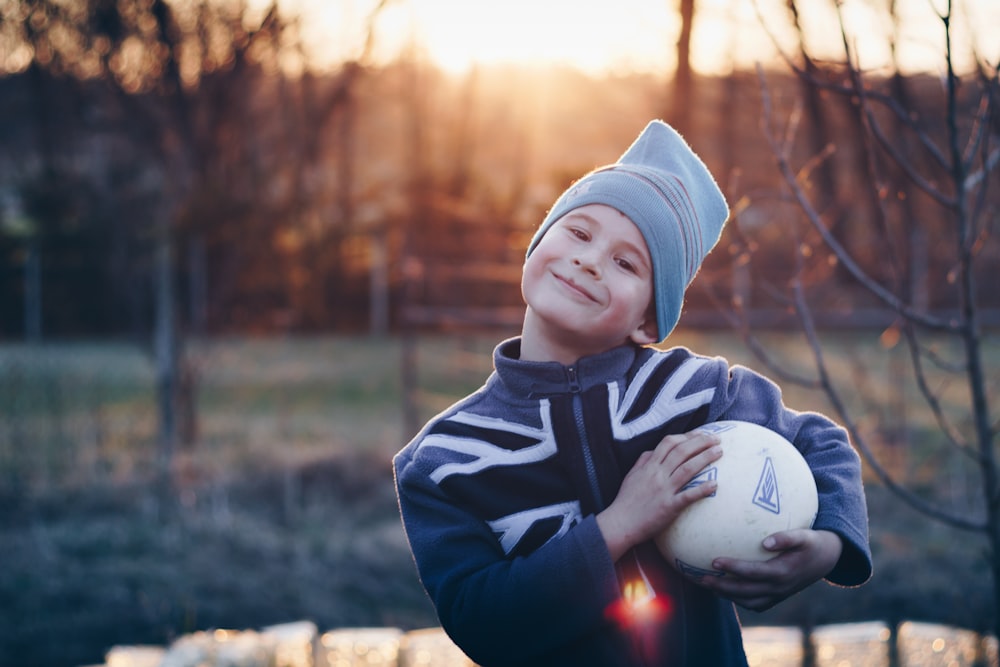
From a very young age, children know the difference between right and wrong. They’ll lie to cover up their own wrong doings even though the lies are often nonsensical. It can be tempting to view their stories as cute and entertaining and let them go, but don’t fall into the trap of letting them go. In no way should you shame the child or berate her/him. Instead, you can gently lead them to the truth and praise them for telling it. This is a teaching approach and will help build their self-esteem and trust. (two developmental assets that are a foundation for future successful living and living a life that enables the child to thrive.)

Caregivers, guardians, and parents can begin with questions like, “So, the dog did this?” “How did the dog get the ______?” “How could the dog do that when it has paws and not hands?”, etc. Next, gently move to personal questions involving the child. “Where were you?” “What did you CHOOSE to do?” “Why did you CHOOSE to do that?” “What did you hope would happen?” “Were you just curious?” and so on. Taylor your questions to the circumstances and responses of the child, for sure, but always keep in mind that you want the child to tell the truth and that telling the truth will help them grow in a positive direction.
When the child tells the truth or something close to it, you can follow with more questions: “That sounds more like the truth, how do you feel about telling the truth?” “Will you tell me the real truth?” Praise them for telling the truth. “I like it when you tell the truth, that helps me trust you!” “It takes a lot of courage to tell the truth!”
A CONFESSION! First, ask again how the child feels about him/herself for telling the real truth? Tell them how you feel about people who tell the truth–you can trust them and help them. Recognize their courage, but gently acknowledge that the act was still a mistake and when we all make mistakes we need to act to try to fix our mistakes.
Involve the child in the planning of the action of restitution. “Now we need to figure out how to make this better. What do you think we could do?” Depending on the age of the child, it is often helpful to guide them with suggestions so that you’re modeling for them that there are different ways to solve a problem and that they have the power to help make it better and you will help. For example, “Do you think you should help clean up the mess?” “What can you do to help?” Why do you think I’m wanting you to help?”, and so on. Again, depending on the age of the child, the adult might need to guide these answers with questions such as, “Should we “blank” or “blank”? “Should you “blank” or “blank”? (limit choices to avoid overwhelming young children with options)
The final step in the process, after the restitution has been completed, is to engage in a conversation about the entire event. “You chose to a mistake by ________ . You helped make the problem better by choosing to ________ . How do you feel about that? I feel happy that you told the truth and ________. So, what can you choose to do differently next time so that this doesn’t happen again? (help the child formulate a plan by providing a selection (no more than 2-3) of options. And finally, reaffirm that a mistake was made but the truth was told and the NEXT time, the child will know to do something different.

We do all make mistakes and we all want to be forgiven. Restitution that is appropriate to the offense (natural consequences) teaches children that they can learn from mistakes and have the power to try to help make things better. Taking responsibility for personal behavior will go a long way throughout the rest of the child’s life especially as his/her mistakes often become more serious. This approach empowers children to be able to plan ahead by anticipating behaviors/consequences. Depending on the circumstances of the event, this can also be a great opportunity for building empathy. “How would you feel if _____ and why?”, “How do you think _____ felt when _____ and why?” “How do think _______ will feel after you _____ (take action toward restitution)? Why?”
Consider bibliotherapy: What books can you find to read to a young child where the main character makes a mistake and makes restitution? You can work these kinds of books into your daily reading routine. 🙂
What would you add to this discussion? Why? If you’ve had this kind of conversation, what did you notice about how a youth reacted and/or felt about the situation when it was over? What are the benefits you see in using this method? Please share.
Eco-tip: Help make your family good stewards of the environment by making your own fabric softeners instead of using chemicals. This post gives you a good recipe that will not hurt the planet and does not necessarily contribute to the problem of plastic waste: https://brendid.com/natural-homemade-fabric-softener/. From the article: “Commercial fabric softeners leave a slippery film on fabrics that makes it feel soft to the touch. This chemical film makes contact with skin when you wear clothes, sleep on sheets, or dry off with a towel. There are lots of opportunities for your skin to absorb these dangerous chemicals!” Enlist help from youth to make eco-friendly solutions and talk about why you are doing so. Teach your child to love our Earth.